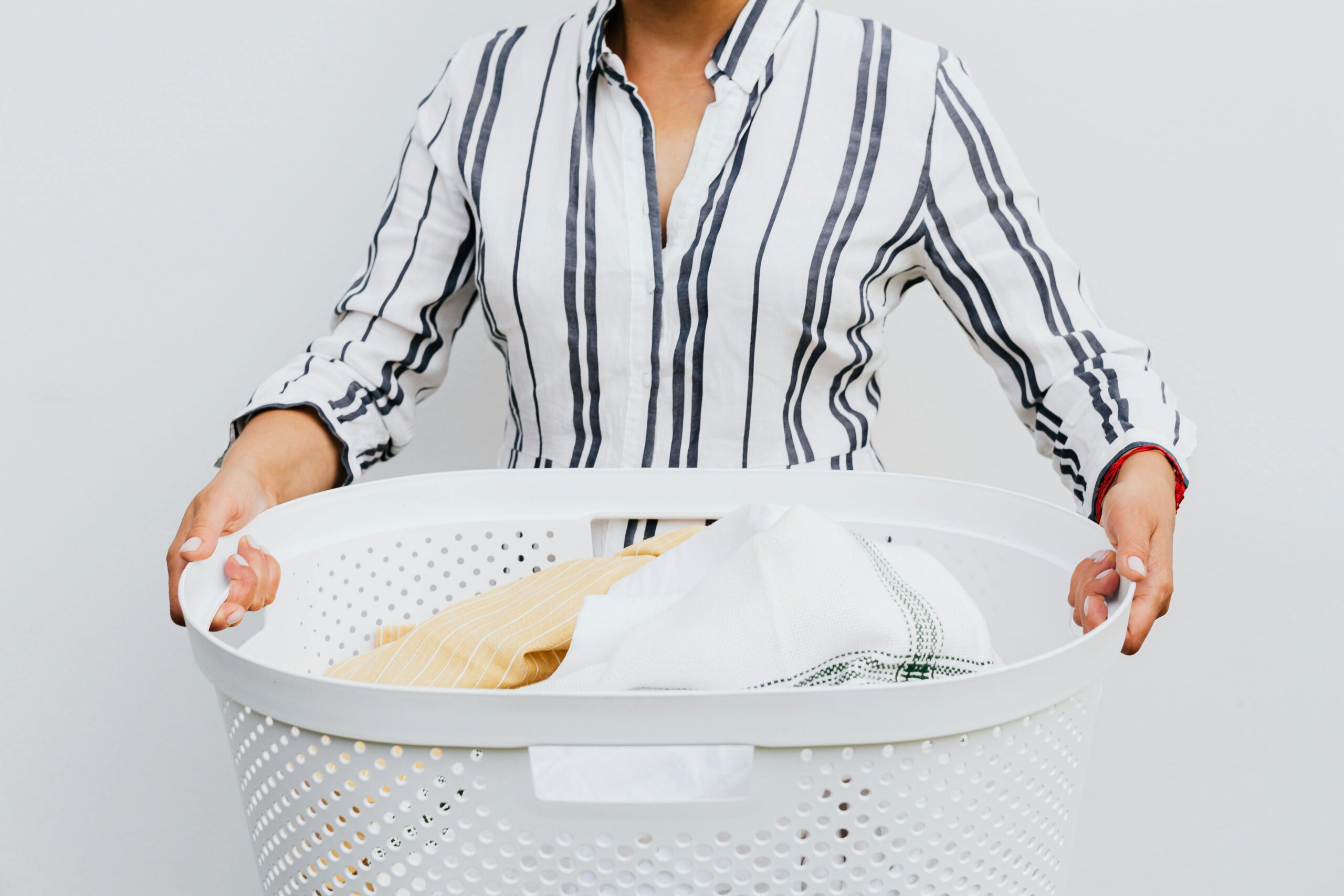Maintaining impeccable hygiene in our daily lives is paramount, and ensuring our clothing and household linens are free from harmful pathogens plays a crucial role in this endeavor. While bleach has long been the go-to solution for disinfecting laundry, its harsh nature can be detrimental to fabrics and may pose health risks to sensitive individuals. Fortunately, there are several effective alternatives that can sanitize your laundry without resorting to bleach. In this comprehensive guide, we’ll explore these methods, offering you safe and practical solutions for a cleaner wardrobe.
1. Harness the Power of Hot Water
Utilizing high-temperature water is a straightforward and efficient method to eliminate bacteria and viruses from your garments.
-
Optimal Temperature: Set your washing machine to the highest temperature that is safe for the fabric. Typically, water temperatures of at least 140°F (60°C) are effective in killing most pathogens.
-
Fabric Considerations: Always consult the care labels on your clothing to ensure they can withstand hot water washing without damage.
-
Enhanced Efficacy: Combining hot water with a quality detergent can further boost the disinfecting process.
2. Embrace White Vinegar’s Natural Properties
White vinegar is renowned for its natural antibacterial and deodorizing capabilities, making it an excellent addition to your laundry routine.
-
Usage Instructions: Add one cup of distilled white vinegar to the rinse cycle of your washing machine. This not only aids in disinfection but also acts as a natural fabric softener.
-
Odor Neutralization: Vinegar effectively neutralizes unpleasant odors, leaving your clothes smelling fresh.
-
Color Preservation: It’s gentle on fabrics and helps maintain the vibrancy of colors.
3. Utilize Hydrogen Peroxide for Gentle Disinfection
Hydrogen peroxide serves as a mild, color-safe alternative to bleach with notable antibacterial properties.
-
Application Method: Pour one cup of 3% hydrogen peroxide into the bleach dispenser or directly into the washing drum before adding clothes.
-
Stain Removal: It assists in whitening and brightening fabrics, effectively removing stains.
-
Safety Precaution: Conduct a spot test on a hidden area of the fabric to ensure colorfastness before full application.
4. Incorporate Baking Soda for Enhanced Cleaning
Baking soda is a versatile agent that enhances detergent performance and neutralizes odors.
-
How to Use: Add half a cup of baking soda to your regular detergent during the wash cycle.
-
Benefits: It helps in softening fabrics naturally and is particularly effective in eliminating persistent odors.
-
Eco-Friendly: Baking soda is non-toxic and environmentally friendly, making it a sustainable choice.
5. Leverage the Sun’s Natural Disinfecting Abilities
Sunlight acts as a natural disinfectant due to its ultraviolet (UV) rays.
-
Method: After washing, hang your clothes outside in direct sunlight for at least 30 minutes per side.
-
Advantages: This not only aids in killing residual bacteria but also imparts a fresh, natural scent to your laundry.
-
Fabric Care: Be mindful that prolonged exposure to direct sunlight may cause fading in some fabrics; therefore, limit the duration accordingly.
6. Explore Commercial Non-Bleach Disinfectants
Several commercial products are designed to disinfect laundry without the use of bleach.
-
Pine Oil-Based Disinfectants: Products containing at least 80% pine oil are effective in sanitizing laundry. Add the recommended amount to the wash cycle, ensuring compatibility with your fabrics.
-
Oxygen-Based Bleaches: These are color-safe alternatives that effectively remove stains and disinfect. Follow the manufacturer’s instructions for optimal results.
7. Adopt Essential Oils with Antimicrobial Properties
Certain essential oils, such as tea tree and lavender, possess natural antimicrobial characteristics.
-
Application: Add a few drops of essential oil to the wash cycle or mix with water and spray onto laundry before washing.
-
Additional Benefits: Beyond disinfection, they impart a pleasant fragrance to your clothes.
-
Caution: Ensure the essential oils are suitable for the fabrics and perform a spot test if uncertain.
Precautions and Best Practices
To maximize the effectiveness of these methods and ensure the longevity of your garments:
-
Fabric Care Labels: Always adhere to the washing instructions provided on clothing labels to prevent damage.
-
Spot Testing: Before using substances like hydrogen peroxide or essential oils, conduct a spot test on a small, inconspicuous area to check for adverse reactions.
-
Avoid Mixing Chemicals: Never combine different disinfectants, such as vinegar and hydrogen peroxide, as this can result in harmful chemical reactions.
-
Washing Machine Maintenance: Regularly clean your washing machine to prevent microbial buildup and ensure optimal performance.
Conclusion
Maintaining hygienic laundry doesn’t necessitate the use of harsh chemicals like bleach. By incorporating these alternative methods, you can effectively disinfect your clothing and linens while preserving fabric integrity and being mindful of health and environmental considerations.
For those seeking professional assistance to ensure their laundry is thoroughly sanitized without the use of harsh chemicals, consider utilizing CMA Cleaning’s expert laundry services. Our team is dedicated to providing eco-friendly and fabric-safe cleaning solutions tailored to your needs. Contact us today to experience the difference in quality and care.



